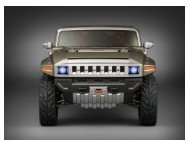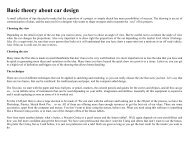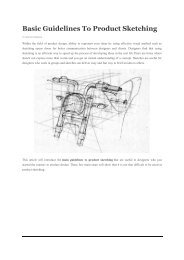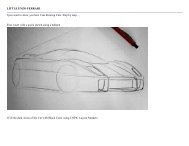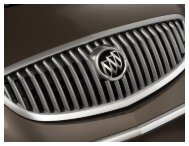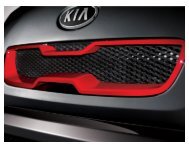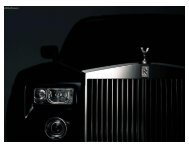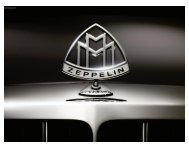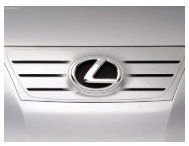Suzuki
Suzuki - ACDAC
Suzuki - ACDAC
- No tags were found...
You also want an ePaper? Increase the reach of your titles
YUMPU automatically turns print PDFs into web optimized ePapers that Google loves.
<strong>Suzuki</strong> Motor Corporation (スズキ 株 式 会 社 <strong>Suzuki</strong> Kabushiki-Kaisha) is a Japanese multinational corporation headquartered in Hamamatsu, Japan that<br />
specializes in manufacturing compact automobiles, a full range of motorcycles, all-terrain vehicles (ATVs), outboard marine engines, wheelchairs and a variety<br />
of other small internal combustion engines. <strong>Suzuki</strong> is the 9th largest automobile manufacturer in the world by production volume,employs over 45,000 people,<br />
has 35 main production facilities in 23 countries and 133 distributors in 192 countries. "<strong>Suzuki</strong>" is pronounced [suzuki] in Japanese, with a high tone on the [ki].<br />
It is pronounced /səˈzuːki/ sə-ZOO-kee in English, with a stressed zu. This pronunciation is used by the <strong>Suzuki</strong> Company in marketing campaigns directed<br />
towards this demographic.<br />
History<br />
In 1909, Michio <strong>Suzuki</strong> founded the <strong>Suzuki</strong> Loom Works in the small seacoast village of<br />
Hamamatsu, Japan. Business boomed as <strong>Suzuki</strong> built weaving looms for Japan's giant silk<br />
industry.In 1929, Michio <strong>Suzuki</strong> invented a new type of weaving machine, which was<br />
exported overseas. <strong>Suzuki</strong> filed as many as 120 patents and utility model rights.The<br />
company's first 30 years focused on the development and production of these exceptionally<br />
complex machines. Despite the success of his looms, <strong>Suzuki</strong> realized his company had to<br />
diversify and he began to look at other products. Based on consumer demand, he decided that<br />
building a small car would be the most practical new venture. The project began in 1937, and<br />
within two years <strong>Suzuki</strong> had completed several compact prototype cars. These first <strong>Suzuki</strong><br />
motor vehicles were powered by a then-innovative, liquid-cooled, four-stroke, four-cylinder<br />
engine. It featured a cast aluminum crankcase and gearbox and generated 13 horsepower<br />
(9.7 kW) from a displacement of less than 800cc. With the onset of World War II, production<br />
plans for <strong>Suzuki</strong>'s new vehicles were halted when the government declared civilian passenger<br />
cars a "non-essential commodity." At the conclusion of the war, <strong>Suzuki</strong> went back to<br />
producing looms. Loom production was given a boost when the U.S. government approved<br />
the shipping of cotton to Japan. <strong>Suzuki</strong>'s fortunes brightened as orders began to increase from<br />
domestic textile manufacturers. But the joy was short-lived as the cotton market collapsed in<br />
1951. Faced with this colossal challenge, <strong>Suzuki</strong>'s thoughts went back to motor vehicles.<br />
After the war, the Japanese had a great need for affordable, reliable personal transportation. A number of firms began offering "clip-on" gas-powered engines that<br />
could be attached to the typical bicycle. <strong>Suzuki</strong>'s first two-wheel ingenuity came in the form of a motorized bicycle called, the "Power Free." Designed to be<br />
inexpensive and simple to build and maintain, the 1952 Power Free featured a 36 cc, one horsepower, two-stroke engine. An unprecedented feature was the<br />
double-sprocket gear system, enabling the rider to either pedal with the engine assisting, pedal without engine assist, or simply disconnect the pedals and run on<br />
engine power alone. The system was so ingenious that the patent office of the new democratic government granted <strong>Suzuki</strong> a financial subsidy to continue<br />
research in motorcycle engineering, and so was born <strong>Suzuki</strong> Motor Corporation. In 1953, <strong>Suzuki</strong> scored the first of many racing victories when the tiny 60 cc<br />
"Diamond Free" won its class in the Mount Fuji Hill Climb. By 1954, <strong>Suzuki</strong> was producing 6,000 motorcycles per month and had officially changed its name<br />
to <strong>Suzuki</strong> Motor Co., Ltd. Following the success of its first motorcycles, <strong>Suzuki</strong> created an even more successful automobile: the 1955 <strong>Suzuki</strong> Suzulight. <strong>Suzuki</strong><br />
showcased its penchant for innovation from the beginning. The Suzulight included front-wheel drive, four-wheel independent suspension and rack-and-pinion<br />
steering—features common on cars half a century later.<br />
Historical timeline




